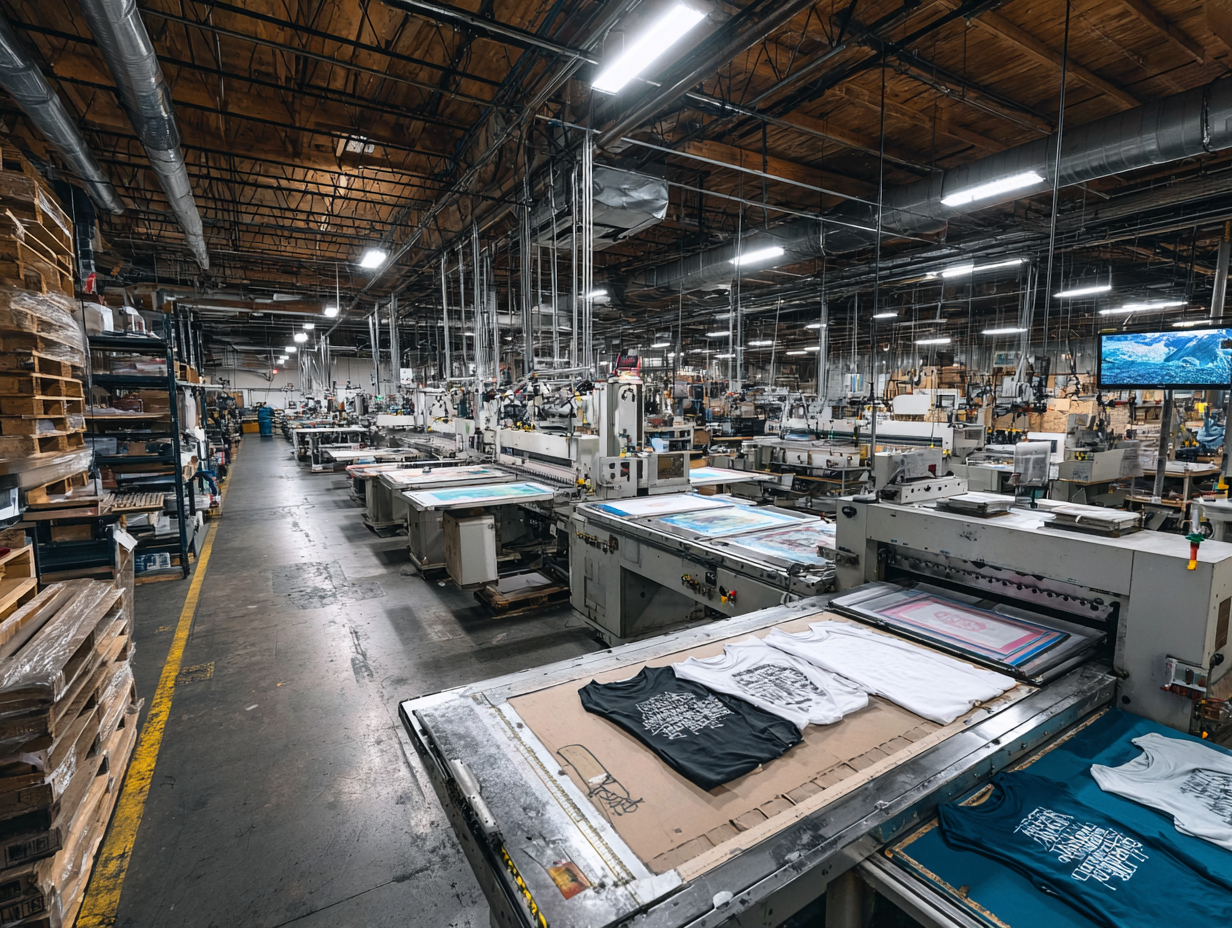How to Outsource Product Development and Finally Bring Your Idea to Life
You have a brilliant idea.
You can picture the end result in your mind. You can almost feel it in your hands.
But the truth is — you can’t do everything yourself.
Whether you’re lacking the technical know-how, the time, or the right team, your product will stay an idea unless you start building with support. And this is where outsourcing product development becomes essential.
I’ve used this exact process in fashion clothing and accessories, book publishing, and even digital product launches. And here’s how to make it work — even if you’ve never outsourced anything before.
Step 1: Get Crystal Clear on the Product You Want to Create
You don’t need technical knowledge yet. You just need vision clarity.
This is where most creative entrepreneurs get stuck — they try to find someone to “help them figure it out.” But no one can read your mind. And outsourcing your product development doesn’t start with hiring. It begins with you.
Write down what your product is supposed to do. What problem does it solve?
What does it look like? What experience should it give someone?
This doesn’t need to be a spec sheet — it can be a paragraph, a mood board, or even a sketch. But be specific about what you want the end result to feel like. If you’re the creative visionary, then that’s your job: to translate the concept into something others can follow.
🔍 Tip: Think “product outcome” over “product features.” Instead of saying “It should be a 6×9 notebook with 80 pages,” say “I want a minimalist journal that feels calming and focused for morning routines.”
Step 2: Find the Right People to Execute Your Vision
Once your concept is clear, it’s time to bring in help.
For digital products, this is often easier — you can hire eBook designers, illustrators, or Notion template builders from platforms like Fiverr.
For physical products, I’ve used everything from:
- Freelance product designers (fashion, home goods, packaging)
- Tech pack developers
- Book editors
- 3D renderers for prototypes
- Book cover designers
The key here is: direction equals results.
Don’t hand your idea off and hope for the best. Freelancers and manufacturers aren’t mind-readers. If you say, “something kind of like this,” you’ll get something kind of disappointing. Give structure. Give references. Give clarity.
Example: For one of my fashion projects, I sent the designer 3 mood board images, my preferred colors, fabrics, and notes like “the neckline must be soft and round, not V-shaped.” This was a very clear direction. The more clarity I gave, the fewer revisions I needed. The same applies to revisions; clarity in your comments determines the final outcome.
Step 3: Embrace the Technical Reality
This is where vision meets reality — and sometimes, they clash.
No matter how beautiful your concept is, there will be technical considerations:
- Your chosen fabric may not drape the way you imagined.
- That perfect color may not be available for small-batch orders.
- The format you wanted for your book may not work for print-on-demand.
And that’s okay.
You don’t have to know the technical side — but you do need to listen to it.
Ask questions. Learn from the experts you’ve hired. And if needed, adapt.
Throughout my career, I’ve had to explain technical limitations again and again — especially in fabrics, trims, and construction methods. It’s part of the process. The best ideas often shape well when you collaborate with professionals who know the materials better than you do.
Step 4: Create the Final Package and Source It
Once you’ve finalized the design and resolved technical issues, you’re ready for production prep — mini run or bulk production, you decide.
This usually includes:
- A final design file or tech pack
- Prototype samples (digital or physical)
- A list of sourcing needs (materials, packaging, etc.)
From there, you can choose:
- Local prototyping, if you want hands-on iteration and shorter timelines
- Overseas development, if you’re planning to scale cost-effectively
This is the handoff point — your idea is no longer just an idea. It’s a product-in-progress.
📚 Related Read:
How I Published 15+ Books Without Holding Any Inventory: The Power of Print-on-Demand
Curious how to turn your idea into a sellable product without upfront inventory? This post breaks down how I used print-on-demand to publish over 15 books — and why it’s a powerful model for creators.
Takeaway: You Don’t Need to Know Everything — Just What You Want
Outsourcing product development doesn’t require you to give up control.
You can lead with vision and support it with talent.
If you’re holding onto a product idea because you’re unsure how to bring it to life, stop waiting. Start writing your vision. Hire one person. Ask one expert. Test one prototype. Try on Fiverr — that’s where my outsourcing team is from.
You’ll be surprised how quickly momentum builds once you stop trying to do everything yourself.








